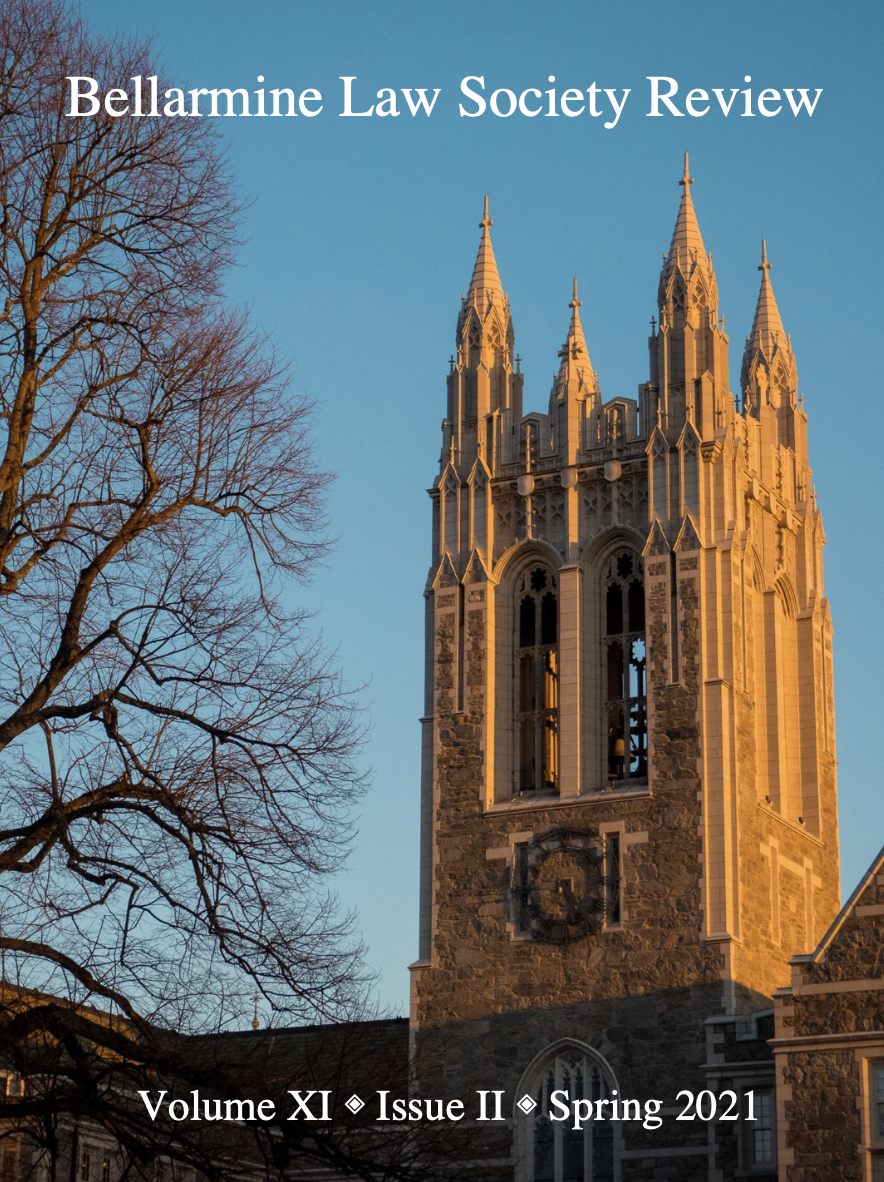Limits of Logic and Procedure
Keywords:
Supreme Court, legal procedure, legal philosophyAbstract
The idea that the American legal system is meant to foster justice is agreed upon even by proponents of the most irreconcilable methods of legal interpretation. Going back to the intentions of the Founders, the judiciary “may truly be said to have neither force nor will, but merely judgment (Federalist 78). The efficacy of the Supreme Court depends on its structural legitimacy and public acceptance of its procedures. The Constitution was intended to stand in perpetuity, protecting the rights of the people for all time, according to the concretized will of the people at the Founding, as embodied in the Constitution. However, practical considerations beyond this agreement that the judiciary is intended to secure justice as delineated by the Constitution generate great controversy. Achieving the original goal of the judiciary becomes complicated when viewed in light of the discord between universal statements of the law and particular instances. This paper explores the relationship between justice, rationality, and precedent in order to answer the question: How can Supreme Court Justices reconcile with the gaps between formal logic, procedural legitimacy, and substantive justice? The approaches of legal pragmatism, originalism, and Dworkin’s moral reading are explored.
Downloads
Published
How to Cite
Issue
Section
License
Copyright (c) 2021 Caitlin Colangelo

This work is licensed under a Creative Commons Attribution-NonCommercial 4.0 International License.
Please follow the link for further Copyright and License Information.


